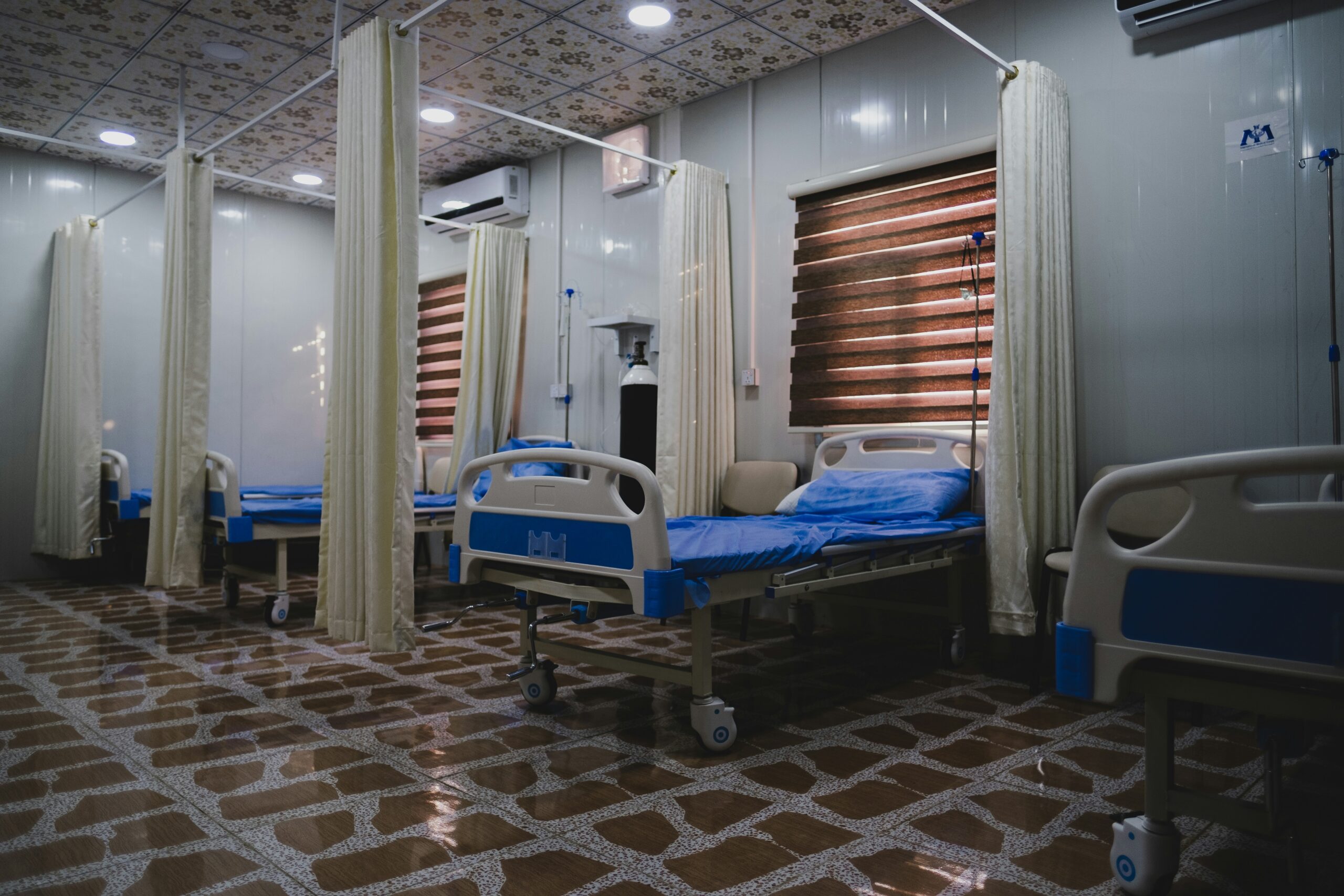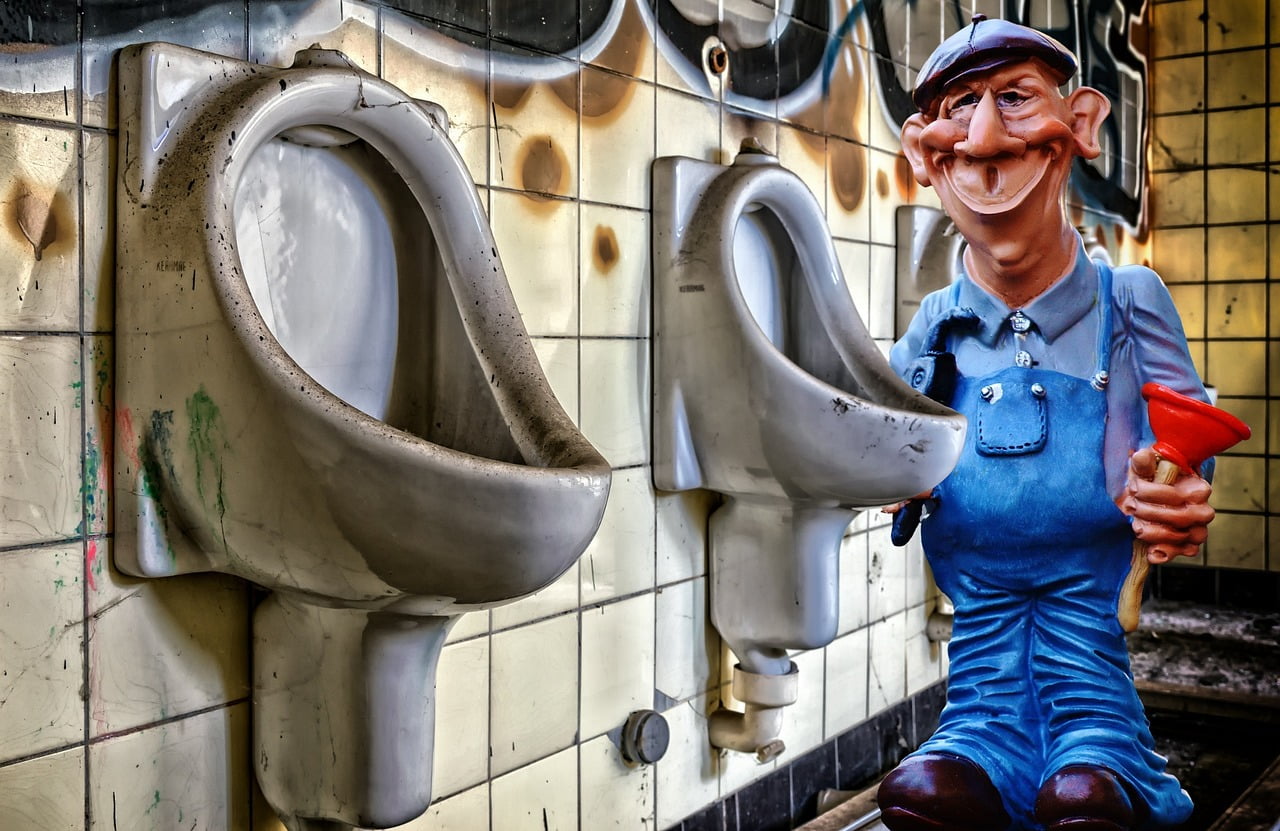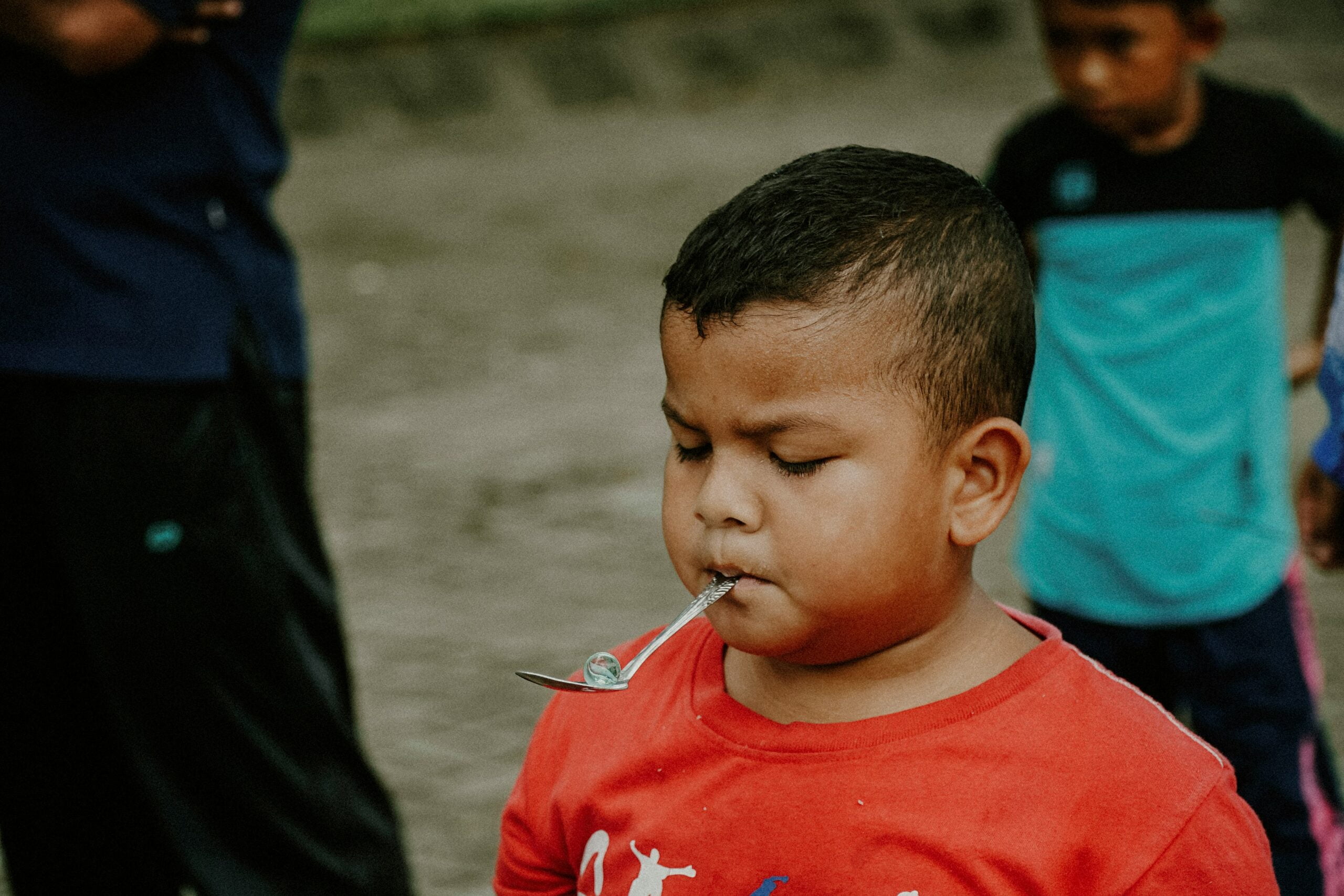The Struggle for Medical Care: Obi’s Journey
It was a sunny afternoon in New Delhi, India, in the year 2002. Obi, a bright Government high school student, was eagerly participating in a school cricket match. Little did he know that this day would change his life forever.
As fate would have it, Obi suffered a serious injury during the match. The school lacked basic Medical Care, and first aid facilities, leaving him in a vulnerable position. Panic ensued as his friends and teachers realized the severity of his condition.
With no time to waste, they quickly mobilized to transport Obi to the nearest hospital. However, the reality of the situation hit them hard. The nearest hospital was miles away, and the only available transportation was a three-wheeler cycle rickshaw.
Seeing this, the sports teacher, Mr. Kapoor, quickly stepped in. He lifted the bleeding Obi, trying his best to comfort the unconscious boy. With a determined look, Mr. Kapoor rushed towards a waiting cycle rickshaw, turning it into a makeshift bed for the dire situation.
Obi’s friends and teachers carefully lifted him onto the rickshaw, doing their best to provide some semblance of comfort. As they embarked on the arduous journey, the bumpy roads and lack of proper seating made Obi’s pain even more unbearable. But they had no other choice. In the rickshaw, Obi lay sprawled with his legs hanging, and blood still coming from his head. The lack of immediate first aid made the situation even more urgent, casting a dark shadow over the narrow lanes of New Delhi.
The rickshaw driver, understanding the seriousness, pedaled forcefully through the winding streets, avoiding traffic and potholes as the old buildings witnessed the unfolding tragedy.
When they reached the local clinic, it was clear that the facility couldn’t handle Obi’s condition. Mr. Kapoor, still holding Obi, desperately searched for any way to stabilize the young cricketer. The absence of proper medical equipment highlighted the challenges faced by students in such emergencies.
A makeshift stretcher, put together by concerned onlookers, represented the community’s determination. Obi, still unconscious, was gently moved from Mr. Kapoor’s lap to the improvised stretcher, a small attempt to ease his pain during the tough journey.
Arriving at the hospital, they were met with a disheartening sight. The hospital, plagued by years of neglect and underfunding, stood as a symbol of the meager medical facilities that plagued India at the time. The building was dilapidated, with peeling paint and broken windows.
The building, though bearing the weight of the word “hospital,” appeared worn and weary. Faded paint clung to the cracked walls, and the entrance showed signs of neglect. The corridors echoed with the distant hum of outdated equipment, and the reception area, adorned with worn-out furniture, spoke of years of limited resources.
A lingering musty smell permeated the air, hinting at the age of the facility. The flickering fluorescent lights above barely illuminated the dim hallways, casting a gloomy atmosphere. The sporadic creaking of the worn linoleum floors beneath each hesitant step contributed to the overall sense of decay.
Inside, the situation was no better. The overcrowded waiting room was filled with patients desperately seeking medical attention. The staff, overworked and under-resourced, struggled to provide care to everyone. Obi’s chances of receiving immediate attention seemed bleak.
Despite the odds, Obi’s friends and teachers persisted. They pleaded with the hospital staff, explaining the urgency of his condition. After what felt like an eternity, a weary doctor finally attended to Obi. However, the lack of advanced medical equipment and expertise in the hospital limited their ability to provide the necessary treatment.
Realizing the dire situation, Obi’s loved ones knew they had to take matters into their own hands. With no stretcher, cab, or ambulance available, they pooled their resources and managed to arrange for a private vehicle to transfer Obi to an advanced hospital.
The journey to the advanced hospital was fraught with challenges. The lack of proper medical equipment and trained personnel in the vehicle made Obi’s condition even more precarious. Every bump on the road sent waves of pain through his body, but they persevered, hoping for a glimmer of hope.
Finally arriving at the advanced hospital, they were met with a stark contrast. The hospital was well-equipped, with modern facilities and a dedicated team of medical professionals. However, it was too late. Obi’s condition had deteriorated significantly during the journey, and the incompetent facilities at the previous hospital had taken their toll.
Despite the best efforts of the doctors at the advanced hospital, Obi could not be saved. His untimely death served as a painful reminder of the prevailing conditions in India’s medical system at the time.
Obi’s story shines a light on the desperate need for improved medical facilities and infrastructure in India. It highlights the struggles faced by countless individuals who find themselves at the mercy of an underfunded system. It is a call to action, urging authorities to prioritize the well-being of their citizens and invest in a healthcare system that can provide timely and competent care to all.
While progress has been made since 2002, there is still much work to be done. Obi’s memory lives on as a reminder of the lives lost due to inadequate medical facilities and the urgent need for change.
Thank you for reading this post, don't forget to subscribe!












